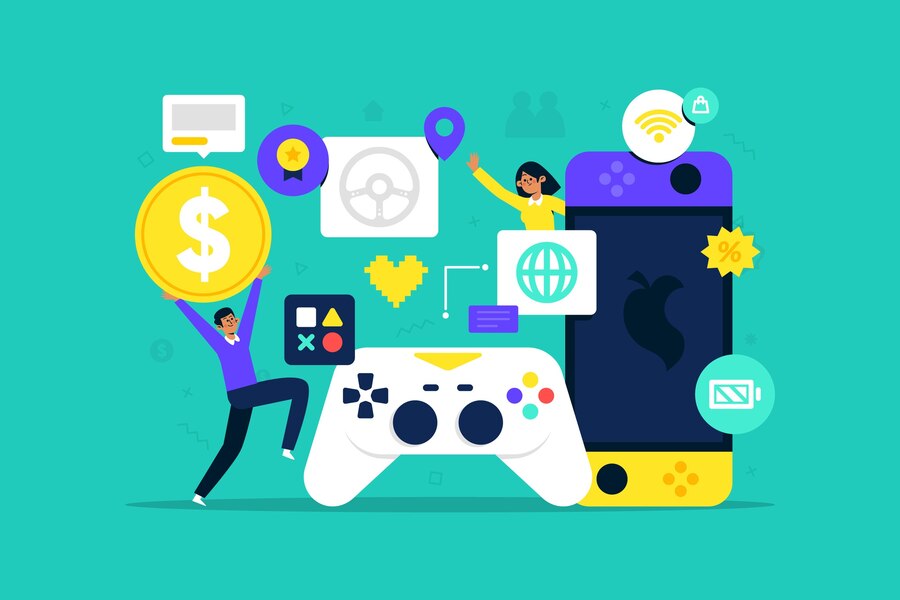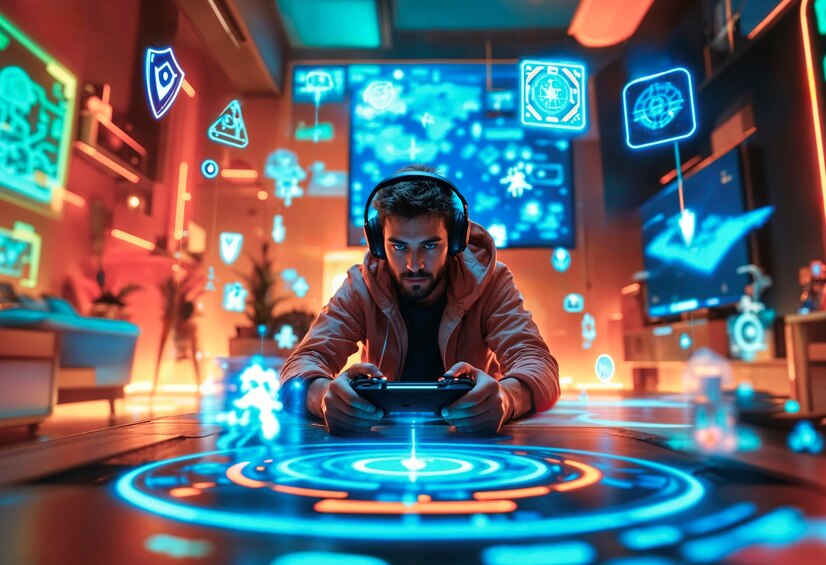Polygon Sets Sights on Stablecoins Amid Soaring Institutional Interest
Introduction The cryptocurrency industry keeps growing quickly because stablecoins show great promise as a new development. Standard Chartered predicts stablecoins will reach a $2 trillion market value within the next three years as institutions increasingly focus on them. The dominant position in this revolution belongs to Polygon Labs, which functions as a leading layer-2 scaling solution for Ethereum. Polygon Labs has shifted its corporate plan to build robust stablecoin infrastructure because it desires to establish itself as the dominant system for stablecoin operations. This blog examines why Polygon Blockchain focuses on stablecoins and the impact that institutional involvement creates for the future development of blockchain finance. Why Stablecoins Are Gaining Ground The cryptocurrency concept of stablecoins depends on their pegged value with reliable monetary assets, such as US dollars and euros, and precious metals such as gold. Featuring this pivotal role between legacy systems and decentralized systems (DeFi), stablecoins enable quicker and less expensive deals that run with superior transparency. The stablecoins USDT and USDC demonstrate better reliability for value storage than Bitcoin or Ethereum do because their values remain stable. Various use cases exist for stablecoins because they maintain their value against stable assets. Cross-border payments Remittances Trading pairs on exchanges On-chain savings and lending Smart contract-based financial services The low volatility and digital compatibility of stablecoins have triggered the growing interest of institutions in using them as financial instruments. Polygon’s Strategic Shift For many years, scientists have identified Polygon as a solution that enhances Ethereum’s scalability features. The proof-of-stake layer-2 chain of Polygon delivers higher transaction volume, together with reduced fee costs that are vital for practical deployments. In an interview with Gadgets 36,0, Polygon founder Sandeep Nailwal noted that stablecoins have gained substantial interest from institutions in the recent market growth. Polygon Labs takes measures to prepare for the growing demand for stablecoin adoption. The main features of this transition demonstrate the following: Developing tools for stablecoin custody Supporting stablecoin-based services Launching 1Money, a Layer-1 multi-currency payments network The implementation ties transactions to smoother network operations. The project intends to develop a stablecoin payment system that provides seamless, scalable, and user-friendly operations throughout the ecosystem. Current Successes and Market Leadership The stablecoin dedication of Polygon proves successful through recent outcomes. The proof-of-stake chain for Polygon showed a 14% increase in stablecoin supply during Q4, which exceeded $2 billion according to Nailwal. The large increase resulted in Polygon becoming the primary EVM-compatible blockchain platform regarding app transactions while earning 30% of the total application market share. Through its leading market position, Polygon gains an exclusive capability to lead stablecoin adoption and the development of new stablecoin-based software. 1 Money: Powering the Future of Payments The Stablecoin strategy of Polygon gained an enhancement through the launch of its Layer-1 payments system, 1Money. This platform is designed to: Support multi-currency transactions Offer real-time, low-cost payment processing Leverage the benefits of blockchain for secure and transparent record-keeping The 1Money platform aims to enhance stablecoin adoption by allowing transactions between customers and businesses as well as financial institutions, enabling global, borderless use of stablecoins. The Institutional Interest Boom What reasons drive institutional organizations to show interest in using stablecoins? Traditional international payment procedures cost high amounts and consume lengthy periods. The use of stablecoins creates a chain of operations that bypasses multiple financial entities and helps decrease costs. Blockchain technology provides transparent recordkeeping that stays unchanged while being easily auditable. Flow-based automation of payments occurs through the utilization of smart contracts. Users enjoy immediate and global capabilities to send and receive stablecoins between any countries without delays. Major companies, along with governments, invest in stablecoins because they believe in their enduring potential. This strategic and well-timed move by Polygon stands to benefit from the ongoing evolution. What Industry Leaders Are Saying The a16z Crypto report demonstrates how stablecoins enhance transaction processes, according to the document. Stablecoins allow users to execute smooth transactions across global blockchains, as they flow on top of these networks. These systems come with programmable components that are both adaptable to integration and designed for cross-border scalability. The endorsement confirms massive potential growth conditions for Polygon as it develops technology that matches the emerging digital financial sector. Polygon’s Competitive Edge Polygon serves as an Ethereum improvement layer that preserves decentralized features while improving Ethereum network functionality. Each transaction now comes at reduced prices due to low fees. Confirmation processes occur at a higher pace, which enables real-time transfer operations. The Polygon platform hosts an active developer network that develops DeFi protocols as well as NFTs and games. The combined benefits of Polygon position it as the perfect environment to develop stablecoin projects. Challenges and Considerations Despite the optimistic projections, the transition of Polygon into stablecoin infrastructure will encounter multiple obstacles Regulatory uncertainties surrounding stablecoins As demand increases, Polygon needs to be technically capable of handling the expansion. Security risks with smart contracts The company needs to keep innovating and work with regulators as well as invest in strong security protocols to maintain leadership in the market. 1. What is a stablecoin, and how does it differ from other cryptocurrencies? A stablecoin is a type of cryptocurrency that is pegged to a stable asset like a fiat currency (e.g., USD) or commodity (e.g., gold), which helps minimize volatility compared to other cryptos like Bitcoin or Ethereum. 2. Why is Polygon focusing on stablecoins now? Due to a sharp rise in institutional interest and the forecasted growth of the stablecoin market to $2 trillion, Polygon is positioning itself as a leader in stablecoin infrastructure and services. 3. What is 1Money, and how does it support stablecoin transactions? 1 Money is a Layer-1 payments network developed by Polygon that supports multi-currency stablecoin transactions, designed to enable fast, low-cost, and borderless payments. 4. How does Polygon benefit from being an Ethereum-compatible layer-2 solution? Polygon benefits by inheriting Ethereum’s security and decentralization while offering faster and cheaper transactions, making it ideal for applications like stablecoin transfers. 5. What are the risks or challenges








